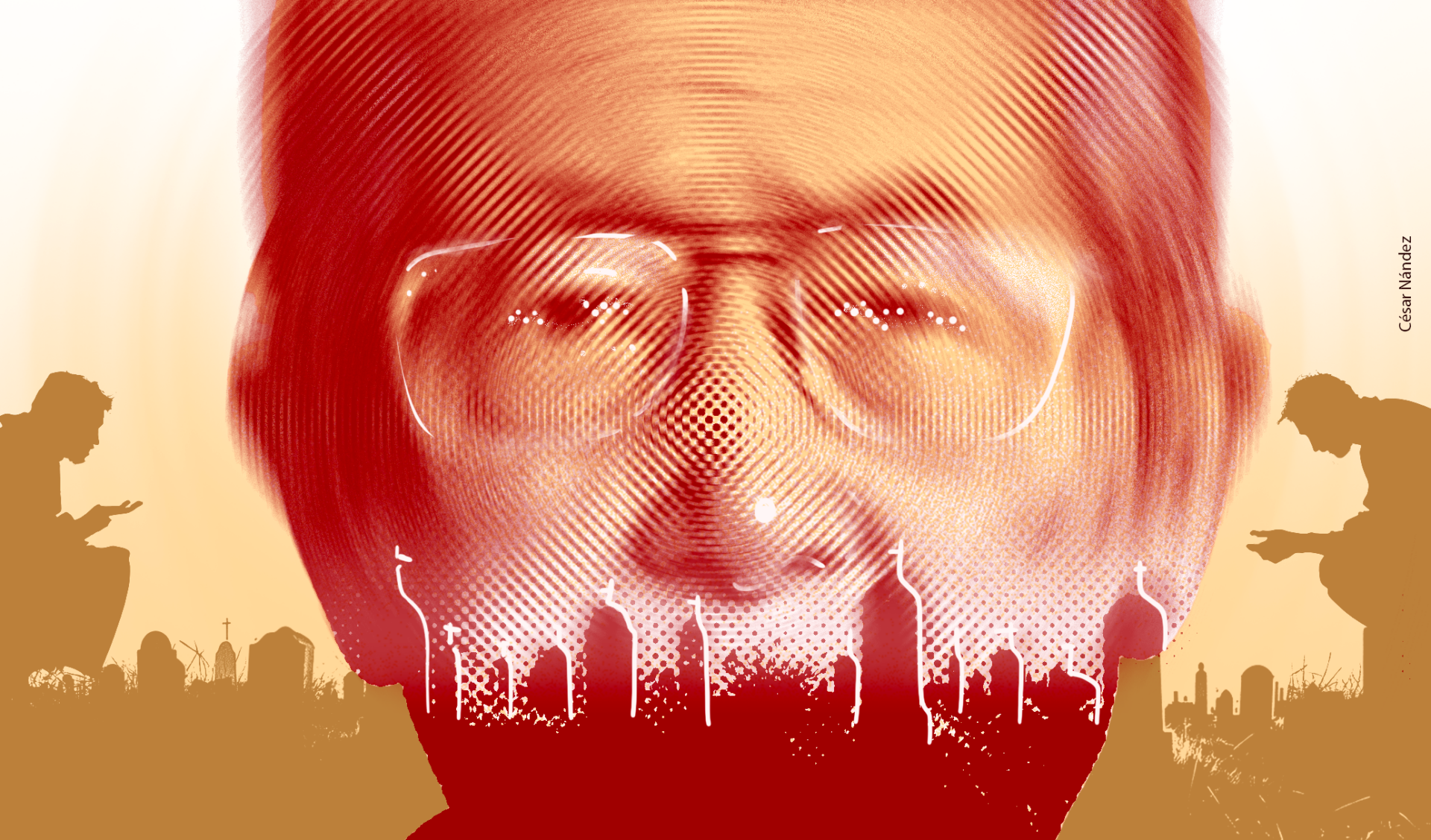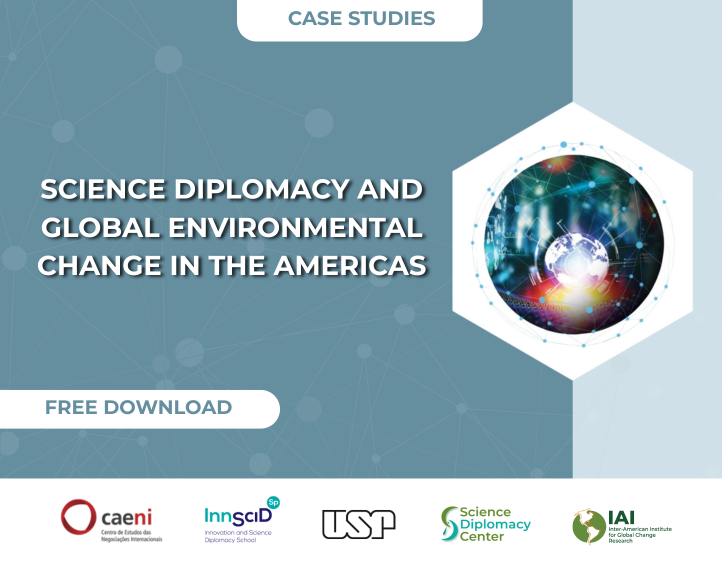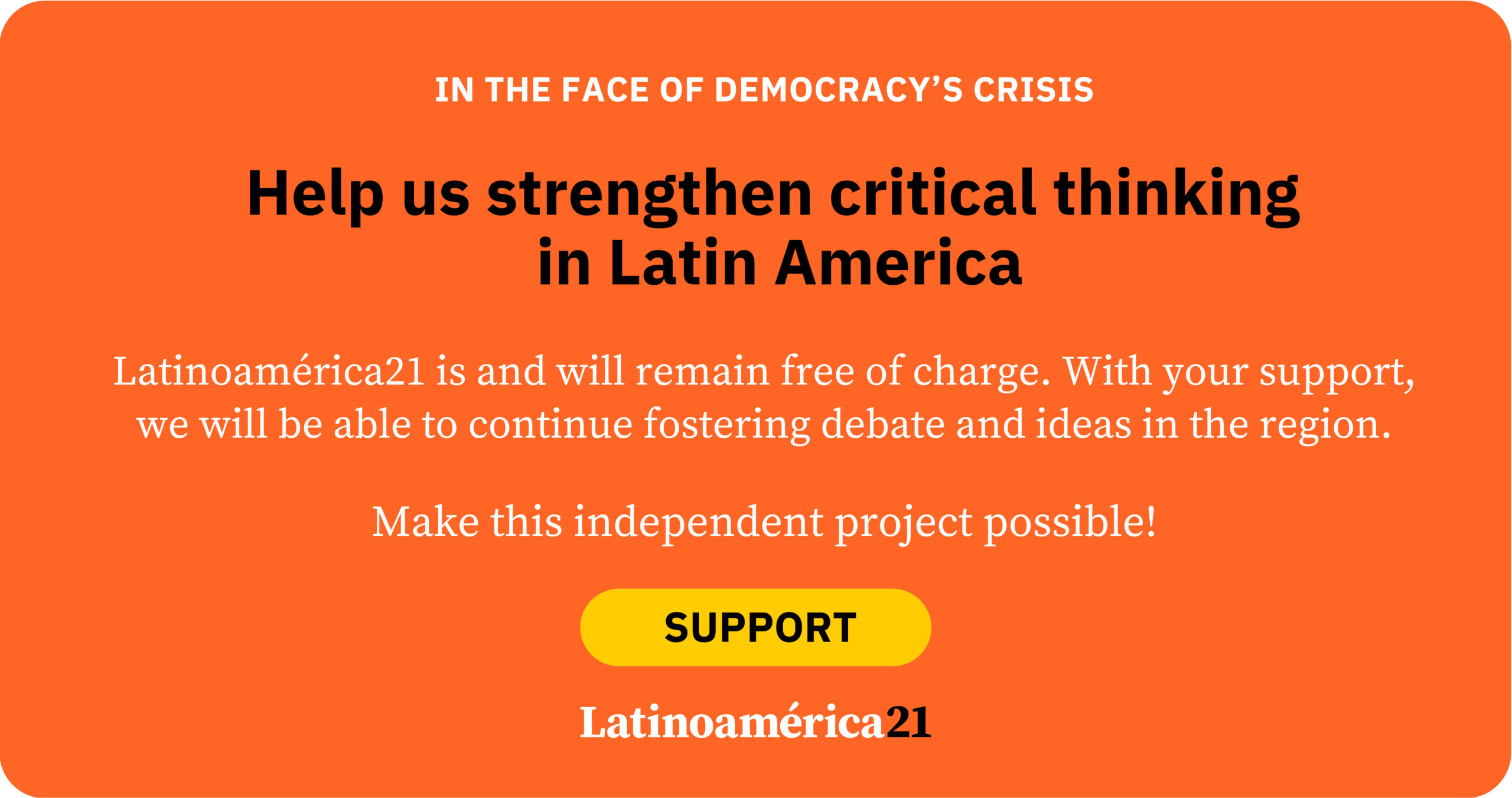Alberto Fujimori was Peru’s president from 1990 to 2000, a period during which he committed serious acts of corruption and human rights violations, for which he was sentenced to 25 years in prison. In 2020, he received a controversial pardon from then-president Pedro Pablo Kuczynski, who negotiated political support from a Fujimorist sector to avoid impeachment. Fujimori’s pardon was granted on the grounds of a serious illness. However, after his release from prison, he regained his defiant attitude, even stating he would run for president in the next election.
The former president is credited with ending the political violence in 1993 that had begun in the early 1980s due to terrorist actions by Shining Path—Sendero Luminoso—and the Túpac Amaru Revolutionary Movement (MRTA), which ravaged the country during those years. However, new evidence questions this claim, arguing that these movements had little chance of defeating state forces and that previous governments had already implemented security and counterterrorism policies.
Before Fujimori dissolved Congress in April 1992, prominent Argentine political scientist Guillermo O’Donnell described his case as a “Delegative Democracy.” It was a flawed democracy, where Fujimori, a caudillo, presented himself as a supposed savior of the people amidst chaos. However, after breaking constitutional order, his government turned into an authoritarian regime.
Soon after, due to the lack of adequate concepts to better identify the nature of the Fujimori regime, Steven Levitsky used it as a reference to develop the concept of “competitive authoritarianism.” Regardless of ideology, this type of regime combines democratic elements with authoritarian practices that limit real electoral competition.
His regime collapsed in 2000 after a fraudulent second re-election in which he failed to gain a majority in Congress. The democratic opposition accused the government of bribing congressmen, including Alex Kouri Bumachar, Enrique Mendoza del Solar and César Acuña. In light of the evidence, the opposition in Congress took the lead in the transition to democracy, exposing widespread corruption that had plagued Peru during the last decade, forcing Fujimori to flee the country.
Like in Argentina and Uruguay, Peru’s transition allowed many members of the security forces to be tried and sentenced for human rights violations. However, in Peru, a group of businessmen, officials, former ministers and high-ranking military officers from the Fujimori government were also prosecuted for corruption crimes.
Following the collapse of his government, Fujimori sought to run for the Senate in Japan, where he sought protection as a Japanese citizen. After losing the election in Japan, Alberto Fujimori considered returning to the country in 2005, believing that the weakness of the institutions and the crisis in Alejandro Toledo’s government presented an opportunity. However, he was arrested in Chile and later extradited to Peru. Shortly after, he was sentenced in an exemplary trial to 25 years in prison for various crimes related to corruption and human rights violations.
The most tangible legacy of this dark period is the neoliberal economic model that left deep marks since its implementation in 1992 through decrees, later consolidated in the 1993 Constitution, which remains in force. It established the need to maintain healthy macroeconomic indicators and fiscal discipline to allow the full development of a free-market economy. However, with the end of Fujimorism, a wave of migration began, leading over two million Peruvians to leave the country in search of opportunities.
The Fujimori model contains safeguards that make substantial economic changes difficult, unlike the model inherited by Augusto Pinochet in Chile, where the binomial electoral system prevented real access to power by political forces seeking to change the country’s structures. In Peru, the control mechanisms established in the 1990s still act as locks, limiting the possibility of initiating processes that would alter what was established during that period.
Thus, the continuity and reproduction of the model are based on the exacerbation of institutional precariousness in all areas of life and a strong ideology of minimal state intervention, which has resulted in a lower tax burden compared to other Latin American countries. This approach, which minimizes the state’s role, had severe consequences during the pandemic, placing Peru among the countries with the highest per capita death rates in the world. The state’s lack of commitment to the health sector contributed significantly to this tragedy, exposing the deficiencies of a model that prioritizes tax cuts over investment in essential public services.
Today, Fujimorism is synonymous with precariousness and informality in labor relations. In Peru, the labor informality rate is close to 80% and the country has one of the highest levels of qualitative poverty in Latin America. Most Peruvians lack access to an adequate social protection system, reflecting the persistent deficiencies in the labor and social spheres resulting from the economic and political model inherited from that era.
For the political processes currently developing in Latin America, Fujimorism warns us of how societies can regress towards authoritarianism. The prevalence of far-right authoritarian ideology is constantly seeking new strategies to expand, which may generate temporary enthusiasm but leave deep scars. This calls into question the foundations of society, abandoning even a minimally civilized project and with it, respect for human rights.













